What is backcountry skiing?
What is backcountry skiing? Get ready for a winter of remote adventures with our guide to skiing in the wild
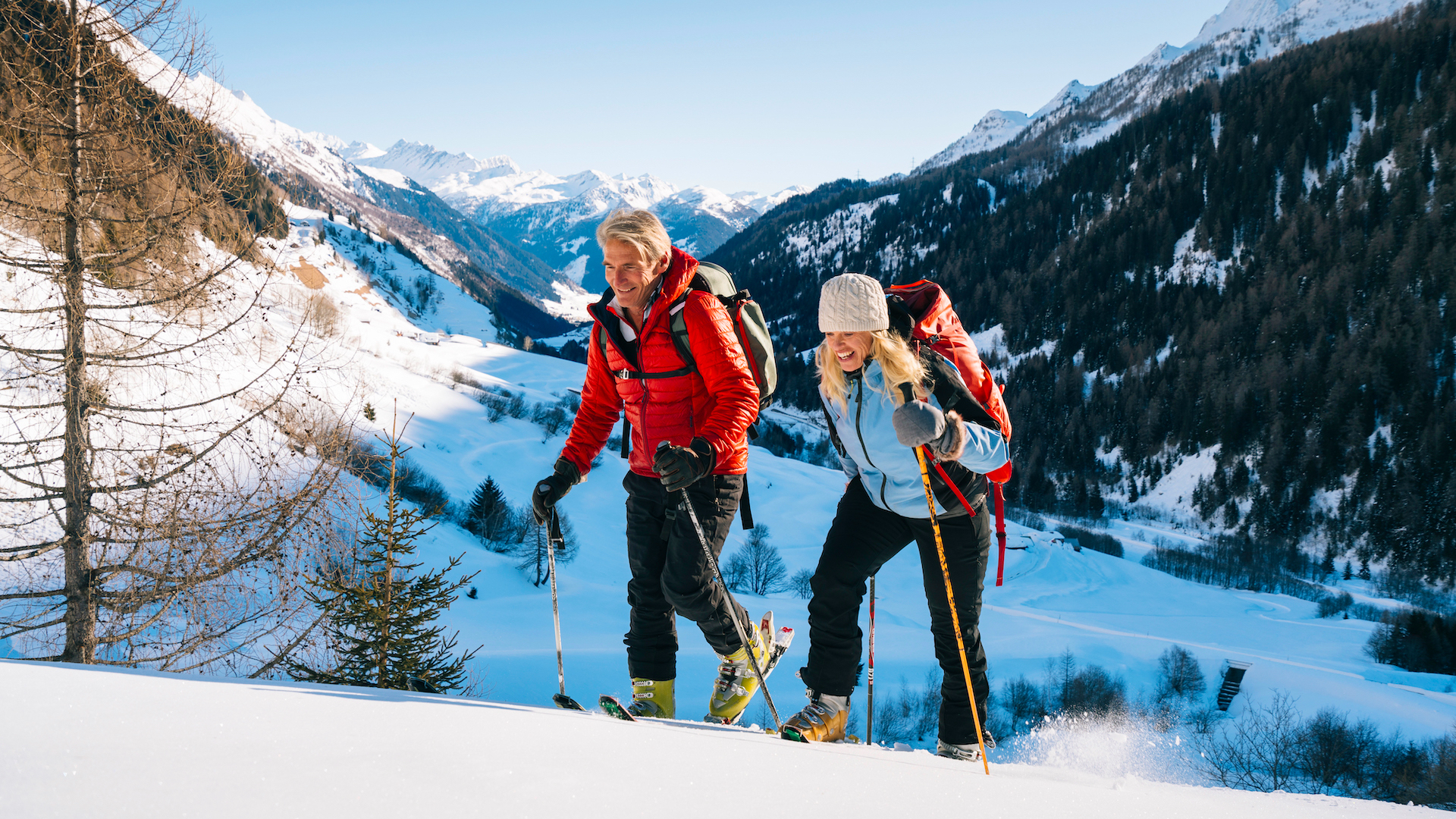
If you’re into winter sports, you may be aware that backcountry skiing saw a big boost in numbers over the past couple of years. When the ski resorts closed during the pandemic, those who relied on the chairlifts to get up the mountain had to either hang up their skis altogether, or get savvy and head for the wild. Now, many skiers are never going back to the resort, having discovered the amazing benefits of backcountry skiing, and if you’re keen on adventure, you might want to give it a go this winter. But what is backcountry skiing exactly? In this article, we explain the different types of backcountry skiing, plus what you’ll need to get started.

What is backcountry skiing?
Backcountry skiing (and snowboarding) is a broad term to describe any skiing that takes place on terrain outside of a ski resort. In Europe, it is more commonly referred to as off-piste skiing. Backcountry skiing can mean hiking or skiing up a hill or mountain in order to ski – known as alpine touring – as well as riding a ski lift on a resort in order to access terrain beyond the ski area’s boundary.
What are the benefits of backcountry skiing?
Honestly? The main allure of backcountry skiing is the opportunity to access untouched snow, which is an absolute dream for those who love skiing, but there are other benefits, too. If you’re skiing uphill in order to gain access, backcountry skiing can mean you save a lot of money on a lift pass and you’ll get an incredible workout accessing remote terrain. Regardless of how you get out there, you’ll escape the crowds of the resort and access some stunning winter terrain that’s otherwise hidden to everyone else.
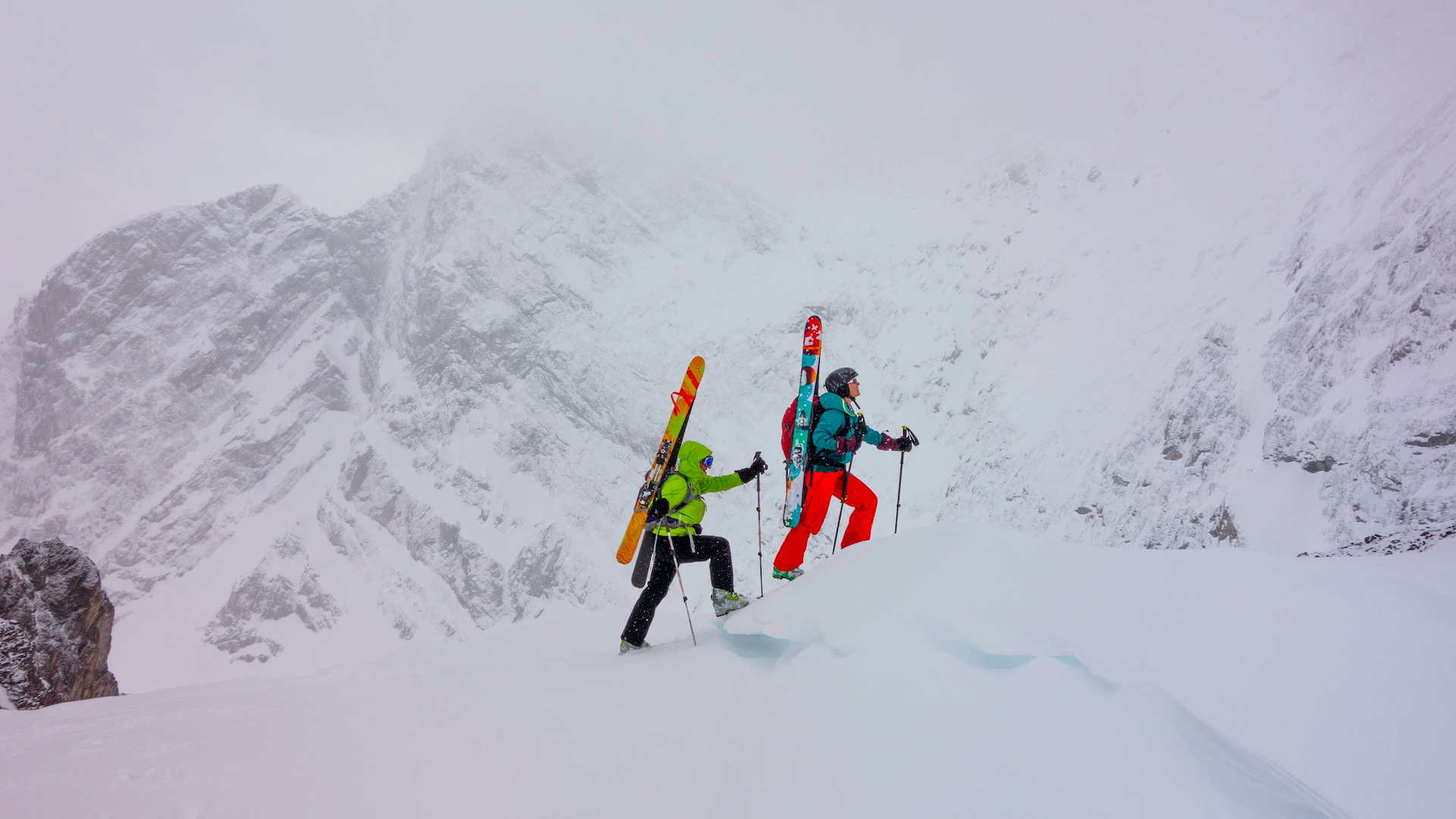
What is the difference between touring and backcountry skiing?
Ski touring, also known as "skinning" is a type of backcountry skiing. As we explain in our article on uphill skiing, touring involves hiking uphill while wearing your skis so that you can ski in remote areas. This is usually done nowadays by placing felt-like skins on the bottom of either AT skis or telemark skis, but you can also do it while wearing backcountry skis with fish scales on the bottom to give you grip for cruising around with less hassle. In some resorts, you can go skinning then ski down on in-bounds, in which case you're touring, but not backcountry skiing. If you’re riding the chairlift to access backcountry or sidecountry terrain, then you’re not touring, but you are backcountry skiing one you get there.

What is the difference between alpine and backcountry skiing?
While backcountry skiing can involve the use of a ski lift, it never involves skiing on groomed, patrolled runs maintained by a resort, and this is the main difference between backcountry and alpine skiing. Alpine skiing means skiing in bounds on ski runs that are managed by a resort and you’ll need to purchase a lift ticket to do so. Of course, how the runs are maintained depends on the run and the resort – most runs will be groomed to allow for easier, smoother and faster skiing and reducing your risk of injuries. Some, however, will be left ungroomed which may allow for bumpy moguls to form, or for deep powder on a snow day. Of course, there are no snow cats in the backcountry, so the snow there will never be groomed and will be left to the influence of nature which can mean deep, fluffy snow, wind-blown snow drifts, and icy, packed down surfaces if the terrain is well used by hikers and skiers.
A key difference between these two types of skiing doesn’t just come down to snow, however. When you're skiing in bounds (or on-piste), the terrain you’re on will be managed by ski patrollers. This means that runs that are at risk for avalanche slides may be closed, and if you have an accident you can call ski patrol for assistance. When you leave the ski area, you are no longer within ski patrol’s jurisdiction and if you get into trouble, you might need to rely on your own wits and survival skills, or on mountain rescue, who will take longer to reach you.
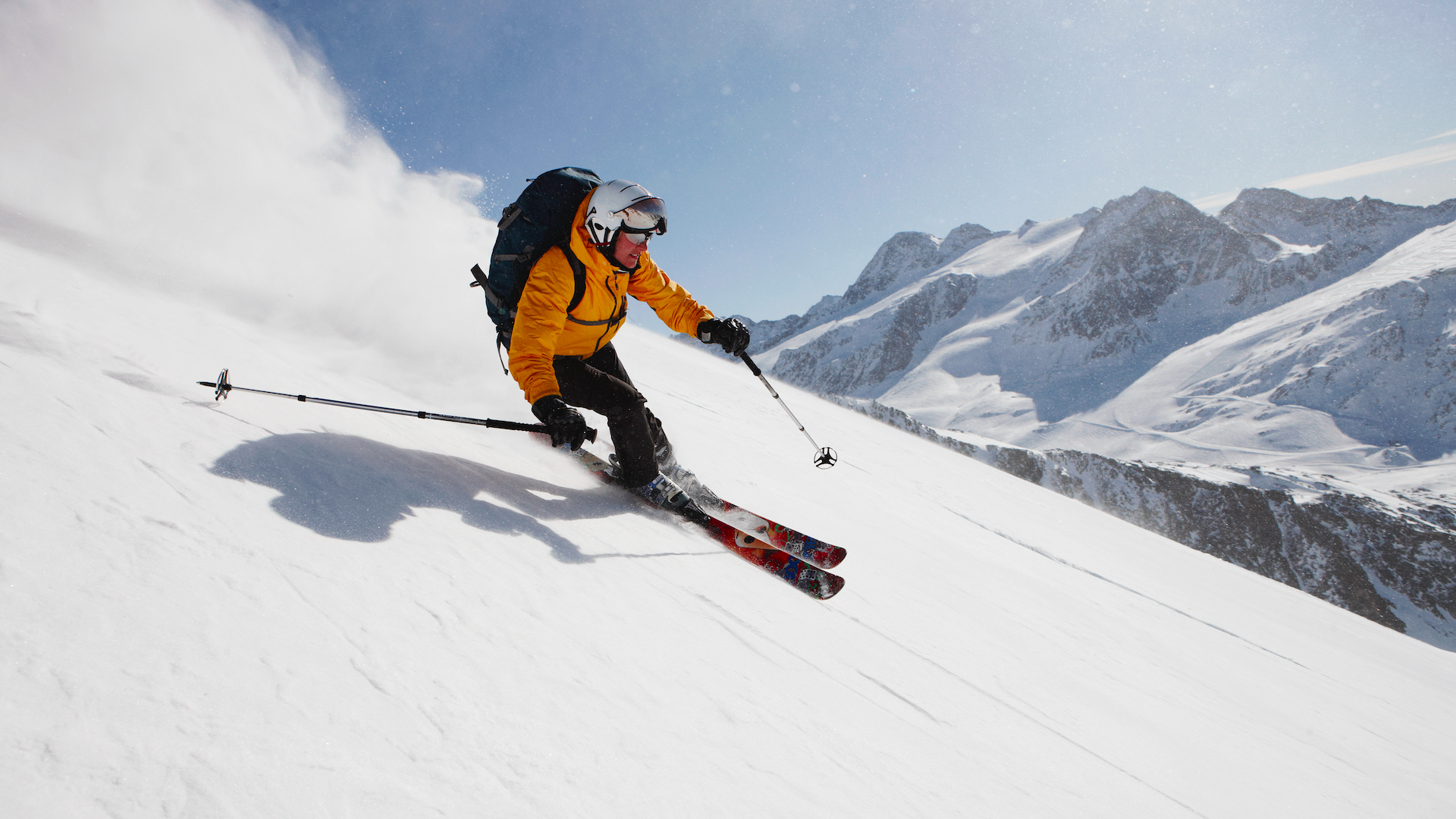
What do you need for backcountry skiing?
You might be thinking that, since there’s no lift ticket required for backcountry skiing, it’s the more obvious choice, but before you take off, there are a few caveats you need to understand. Prior to taking up backcountry skiing, there are three things you absolutely need:
All the latest inspiration, tips and guides to help you plan your next Advnture!
1. Avalanche awareness
Before setting off in the backcountry, you need to have some training in backcountry safety. This means possessing navigation skills such as carrying a compass and knowing how to use a map, and carrying a backcountry first aid kit. However, the most important aspect of safety in the backcountry is avalanche awareness, since if you’re skiing on a slope that’s 30 degrees or steeper, you’re at risk for sliding snow. Start with our article on avalanche safety then attend a class to learn the essentials, such as knowing the warning signs of an avalanche and how to use equipment such as an emergency beacon, shovel, probe and RECCO reflector.
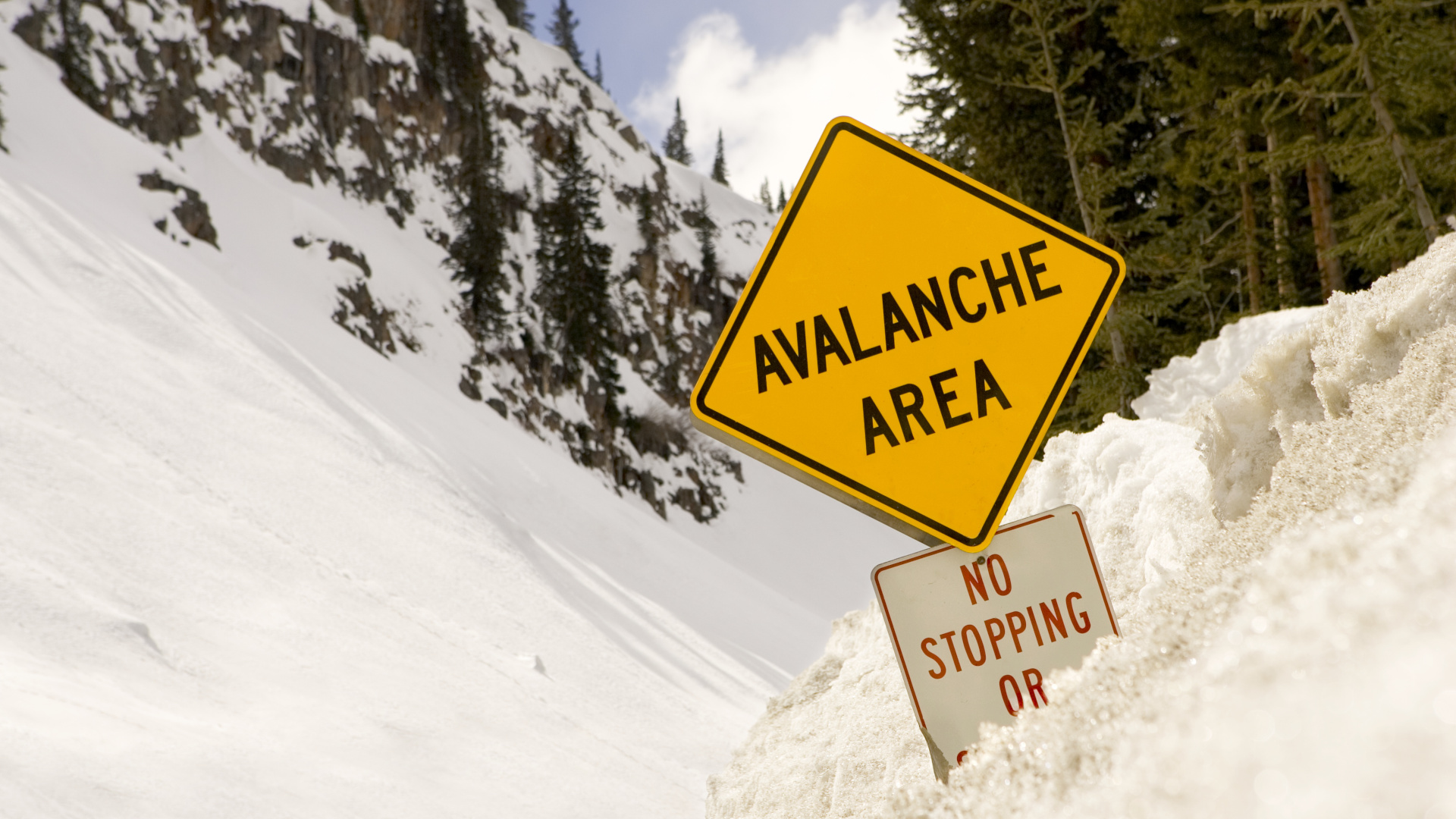
2. Superior fitness
Whether you’re planning on skiing uphill or riding a lift to access terrain, backcountry skiing always requires a greater degree of fitness when compared to alpine skiing. Skiing uphill is obviously really hard cardiovascular work and absolutely shreds your quads and hip flexors, but skiing downhill through deep and variable snowpack is also much harder work than zooming groomers. Of course, a winter of backcountry skiing will get you in great shape, but it’s a good idea to precede it with at least a few months of uphilling in your hiking boots and even seeking out ski conditioning classes to get ready.
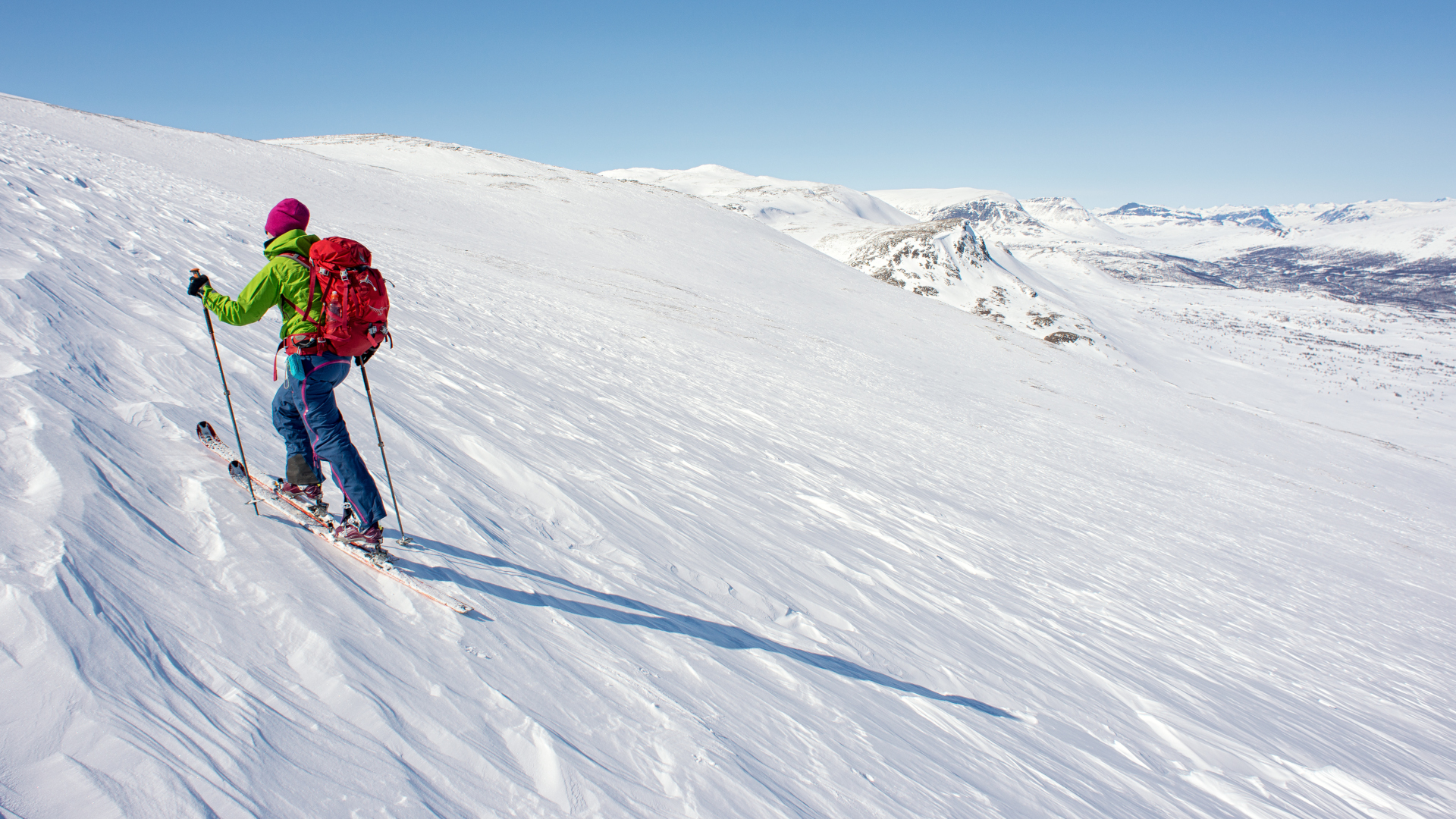
3. Backcountry gear
You might have an old pair of alpine skis and boots lying around in your garage,but sadly these won’t do you much good. You could hike up in your winter hiking boots while carrying them, but they’ll be heavy and the skis probably won’t be the best for making turns in deeper snow. Shorter, lighter and wider skis are generally better for backcountry skiing, so if you’re serious about it, you’ll need to get kitted out with an AT setup, or a telemark set up with skins and a ski backpack for your gear. In terms of clothing, you’ll want lighter clothing than you’d wear for alpine skiing, but still stick to the rules of breathable, moisture-wicking layers. In general, you’ll want the following:
- Thin ski socks
- Lightweight, stretchy ski pants with venting zips
- Two merino wool base layers (one to change into for the downhill)
- A shell ski jacket
- Thin ski gloves that offer good dexterity for fiddling with gear
- A headband or beanie
- Sunglasses for the uphill (save your ski goggles for the downhill)
Julia Clarke is a staff writer for Advnture.com and the author of the book Restorative Yoga for Beginners. She loves to explore mountains on foot, bike, skis and belay and then recover on the the yoga mat. Julia graduated with a degree in journalism in 2004 and spent eight years working as a radio presenter in Kansas City, Vermont, Boston and New York City before discovering the joys of the Rocky Mountains. She then detoured west to Colorado and enjoyed 11 years teaching yoga in Vail before returning to her hometown of Glasgow, Scotland in 2020 to focus on family and writing.

